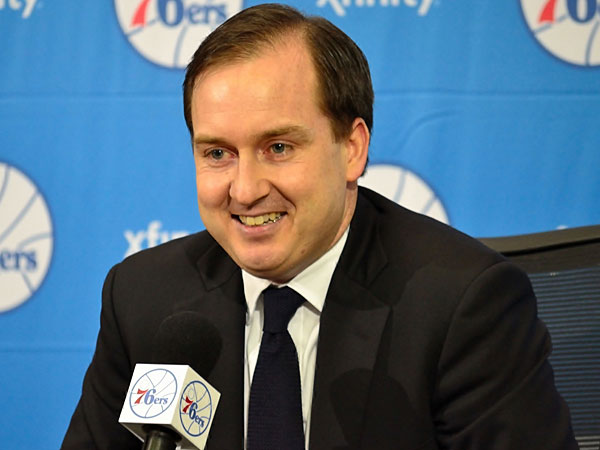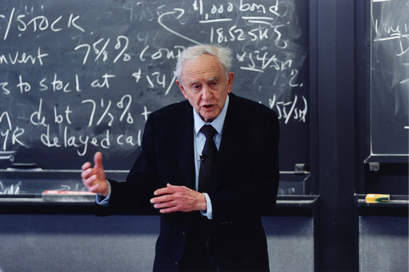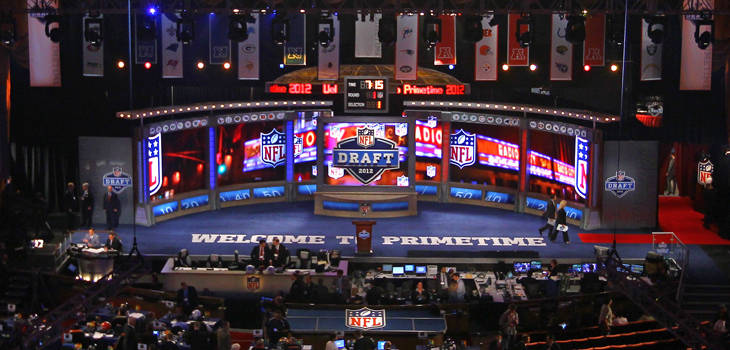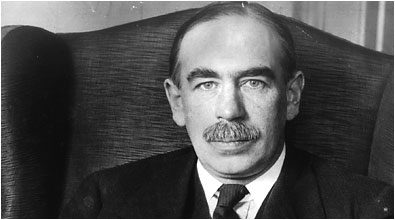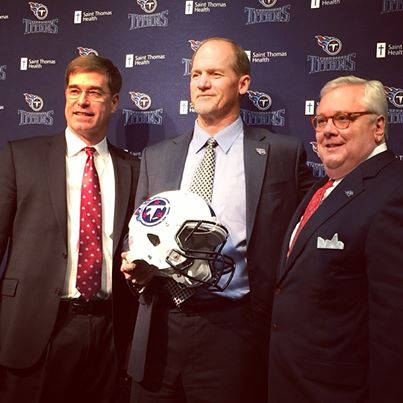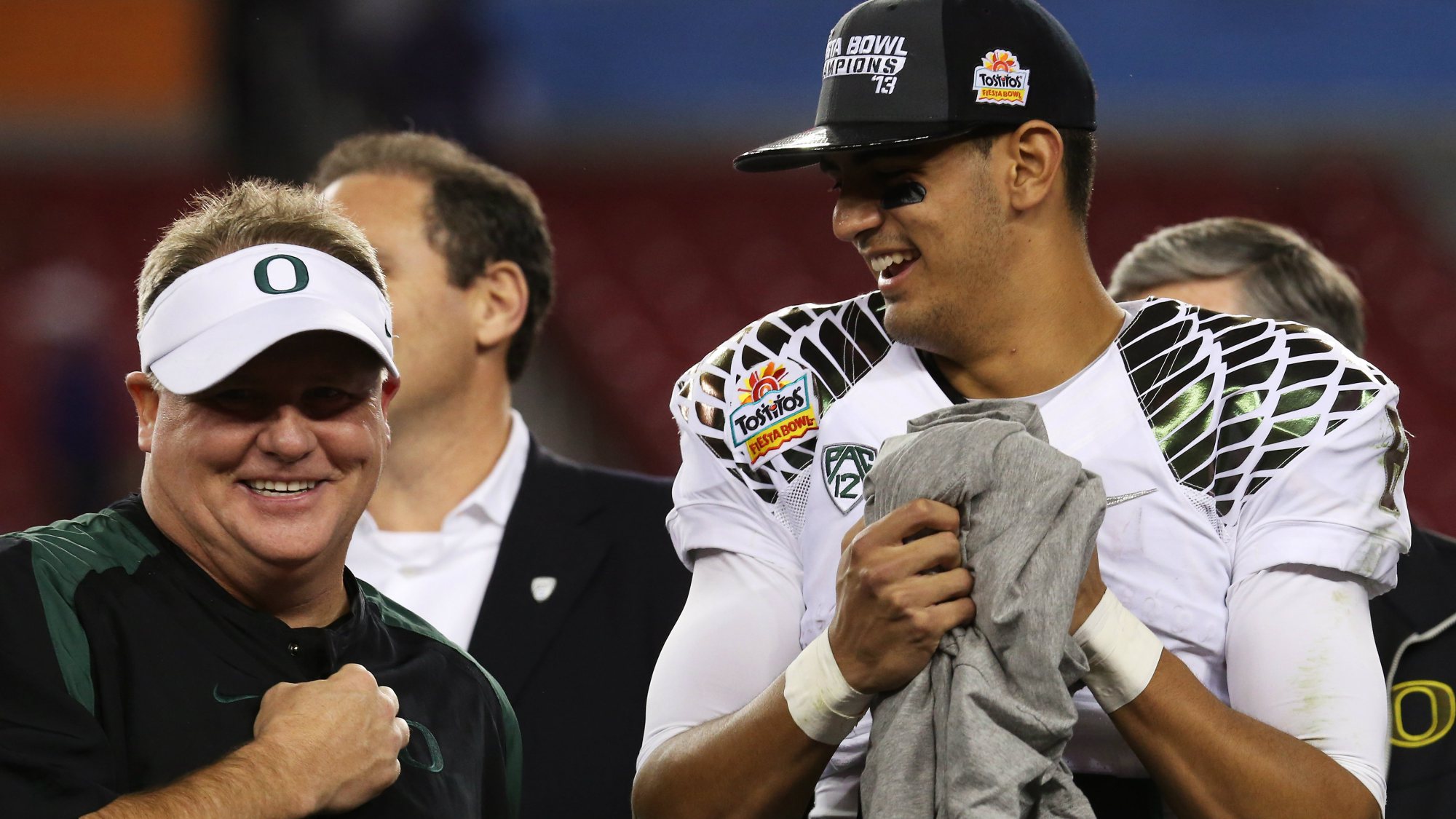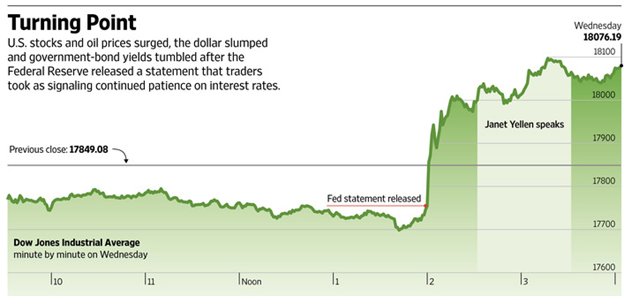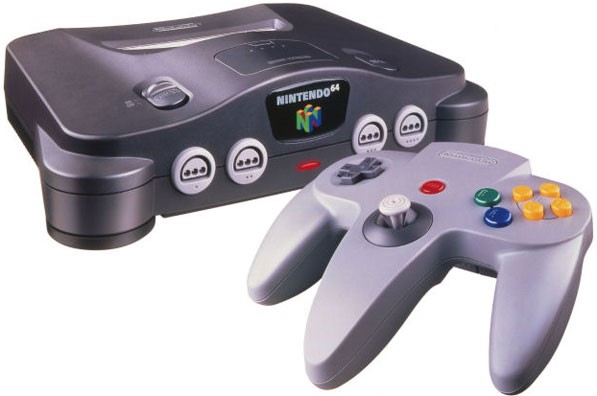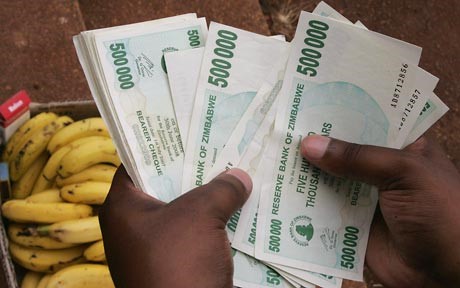Sometimes, it seems like movie studios would rather produce sequels than original material. Often, some sequels feel like an afterthought, unlike the planned sequels to the original Star Wars or Lord of the Rings movies. Taken, which has had two subsequent movies released since the original, was surely not meant to have sequels, right? Why would movie studios rather piggyback their previous work instead of making something that’s creatively original? Of course, the obvious answer is that there’s money to be made, but two not-so-obvious trends show us why.
First, the number of weekly movie-goers is shrinking, down from about 80% of households in the 1940s to about 5% of households now. As a result, movie studios have begun catering towards audiences they’ve already captured with an original movie. This is a successful strategy because people are much more likely to return to the box office to view characters and environments they’re already familiar with. In 2011, one fifth of all movie releases were some sort of sequel, prequel, or movie otherwise based off of an original. Likewise, last year, 18 of the top 25 films by box office revenue in North America fell into the same category. While a decreasing box office audience can’t be linked directly to an increase in sequels, it certainly creates a compelling argument for why studios have shifted their focus over time.The second trend, which was revealed by Edward J. Epstein’s The Hollywood Economist, shows that movie revenues have shifted away from the box-office, which now accounts for only 20% of total movie revenues. Instead, revenues are coming from things like DVDs and streaming services, which make up 80% of total movie revenues. Because of this, the possibility of a movie becoming a hit through ticket sales, merchandise, and licensing is decreasing, which also means that the opportunity cost of investing substantial amounts of money into an original movie is increasing. The result is that studios are investing in sequels where the success of a story and its merchandise and licensing is already established. This allows them to minimize the risk associated with the creation of a new movie. In fact, in 2011 The Wall Street Journal estimated that Disney would allocate 80% of its budget towards franchise films, up from 40% a year before. This substantial budget allocation is a testament to the money-making power that sequels hold, and these trends give no surprises as to why we see so many.It’s interesting to note that the idea of piggybacking the success of a previous title also applies to the video game industry, where sequels are perhaps more prevalent than in the movie industry. Some of the most popular gaming titles are long running franchises, like Assassin’s Creed, Grand Theft Auto, Far Cry, and Call of Duty. And the idea of returning to these concepts works, as evidenced by Grand Theft Auto V’s record breaking release. It broke 6 Guinness World Records including best-selling video game in 24 hours, fastest selling entertainment property to gross $1 Billion, and highest grossing video game in 24 hours. Even the Call of Duty series, which is 10 titles deep, continues to see an upward trend in sales for each new title. Few movie series in the long history of cinema have pulled this off, and the ones that do are able to do so in a clever way. The James Bond franchise has seen 24 releases; however, the series can reinvent itself with every new Bond face, which allows it to stave-off franchise fatigue. Likewise, The Avengers is another title that has been extremely successful. Although the series has seen 13 releases, nearly every movie is different from its predecessor because they all follow the life and times of different superheroes, which allows the franchise to feel fresh and unique with every new release.It should be interesting to watch how the movie industry is shaped moving forward, especially by websites that allow people to watch movies for free on the internet. It’s become easier than ever to watch movies online, and even new releases aren’t safe. For example, I found The Martian on the internet not two weeks after its release to theaters. The amount of revenue that these websites deny movie franchises is likely no small amount either. And despite the efforts of law enforcement, movie studios, and movie cinemas to curb this illegal activity, it’s hard to say that they will be able to remove this illegal streaming activity all together. As a result, the success of new and original movies will likely become increasingly rare. If this is true, and current trends continue, perhaps sequels will be the only things that are released in the future. Although I must say, I'm really looking forward to seeing Star Wars: Episode XLIV.This post was written by Steve Leonard.Sources:http://www.moviescopemag.com/market-news/featured-editorial/economics-hollywood-sequels/http://www.theatlantic.com/business/archive/2013/07/the-6-graphs-you-need-to-see-to-understand-the-economics-of-awful-blockbuster-movies/277691/http://www.guinnessworldrecords.com/news/2013/10/confirmed-grand-theft-auto-breaks-six-sales-world-records-51900/http://www.statisticbrain.com/call-of-duty-franchise-game-sales-statistics/http://www.gamesradar.com/30-longest-running-movie-franchises/
